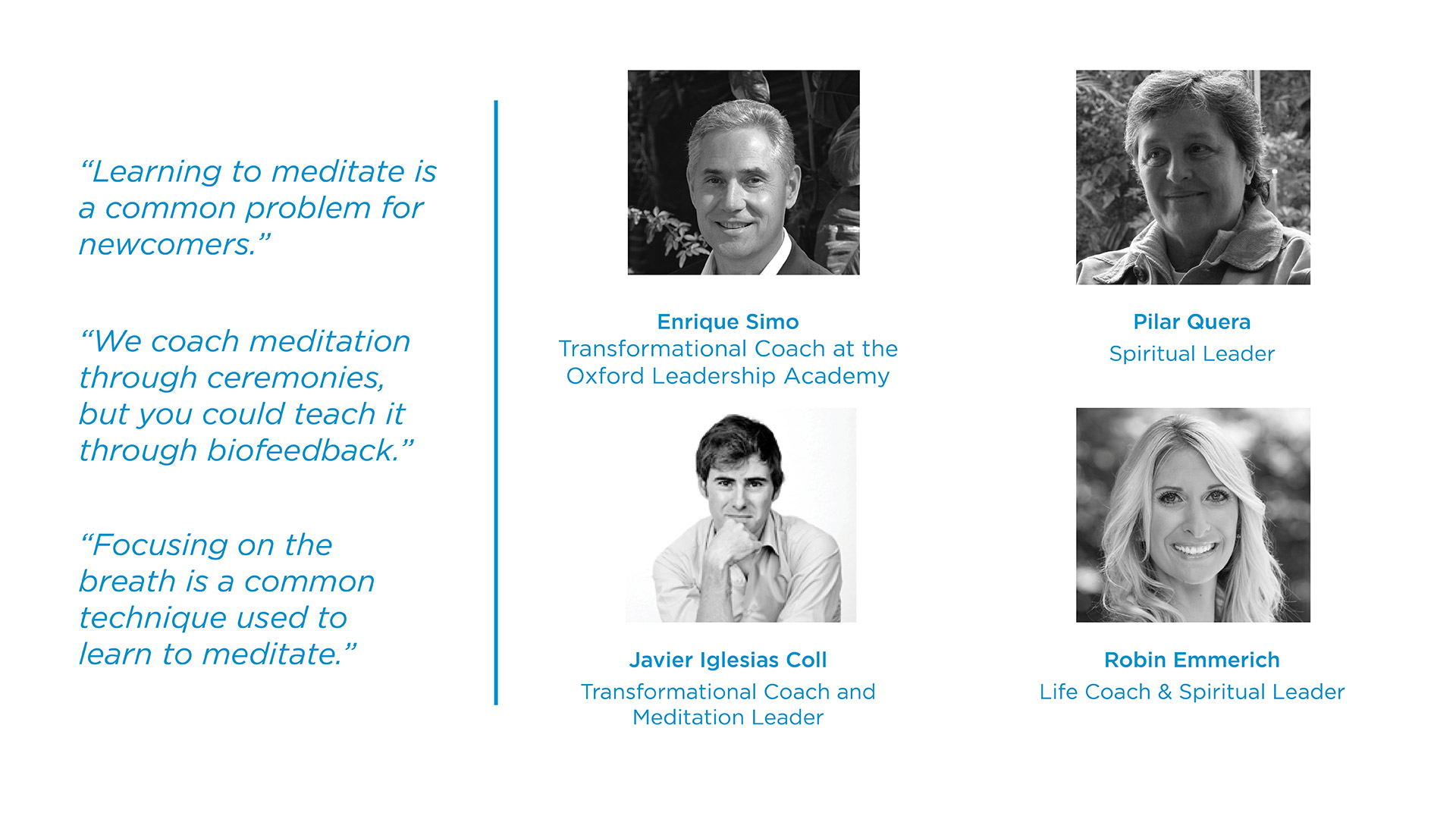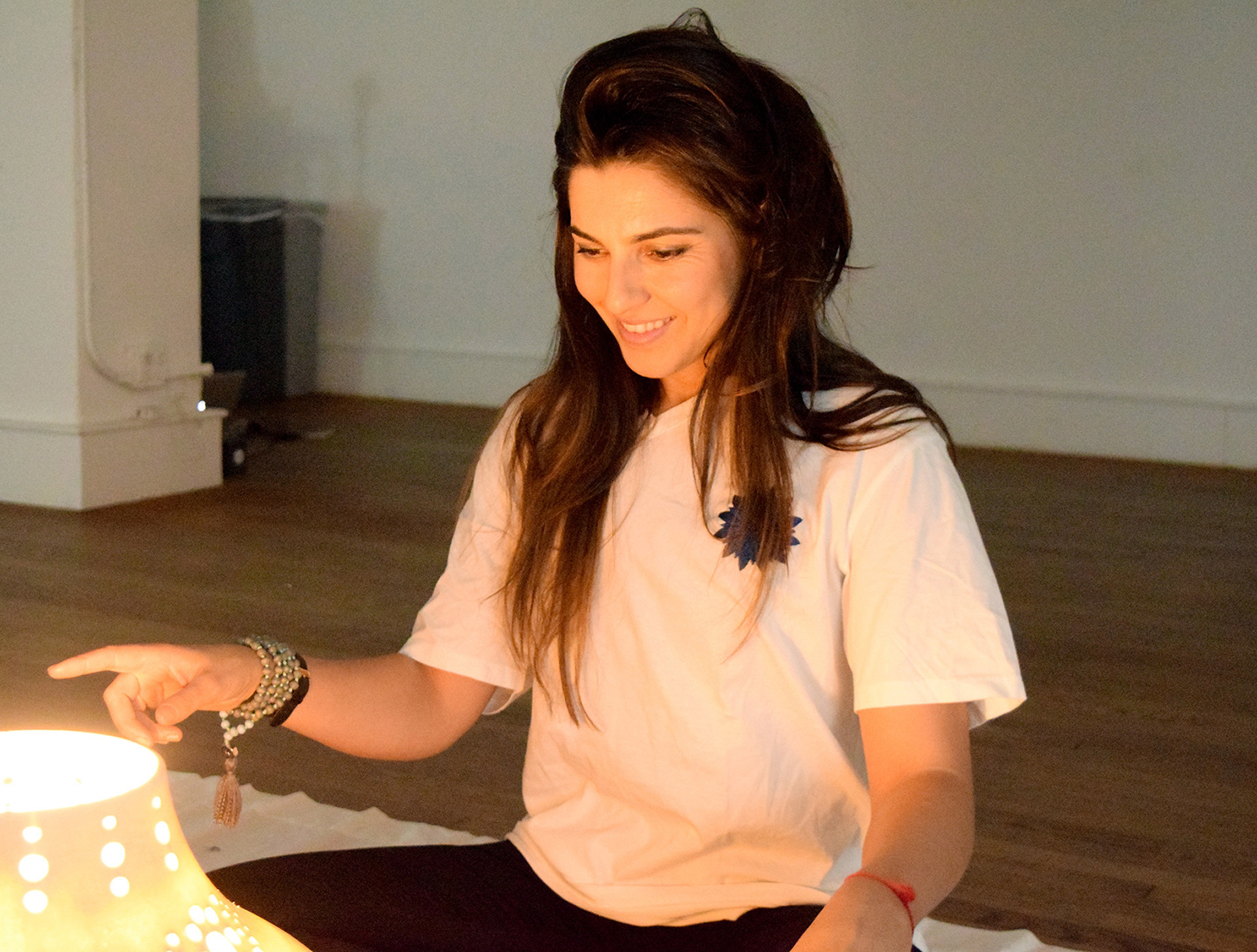FINDING NORTH: Marrying Physical and Digital to Process Emotional Trauma
Products of Design MFA graduate Oscar de la Hera’s thesis, Finding North, plays at the intersection between Western, “social interventions”—such as help from friends, family or professionals—and Eastern, “introspective interventions”—such as yoga or meditation. The work aims to help individuals who have recently suffered emotional trauma transition to a more hopeful, happier, and healthier state of mind.
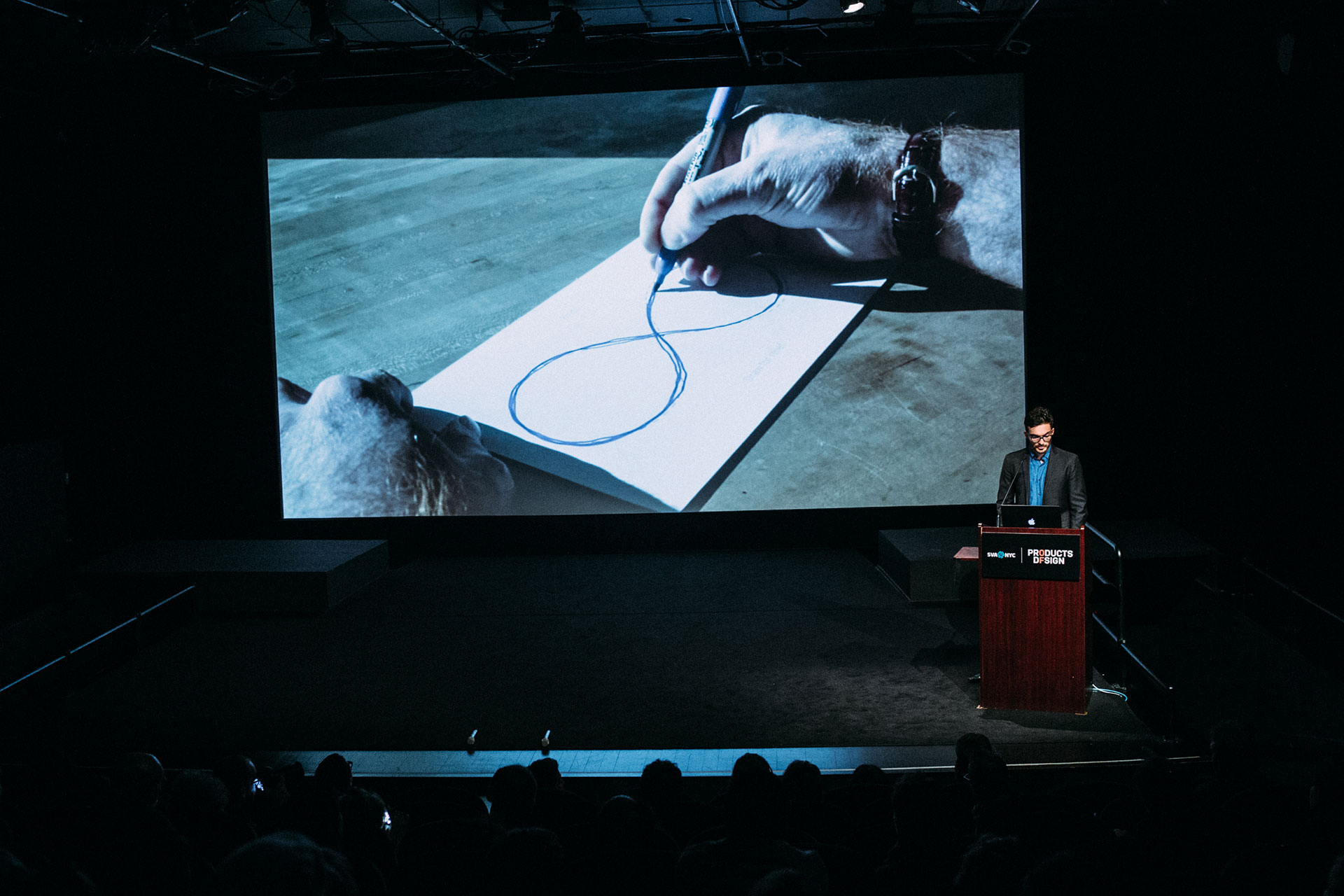
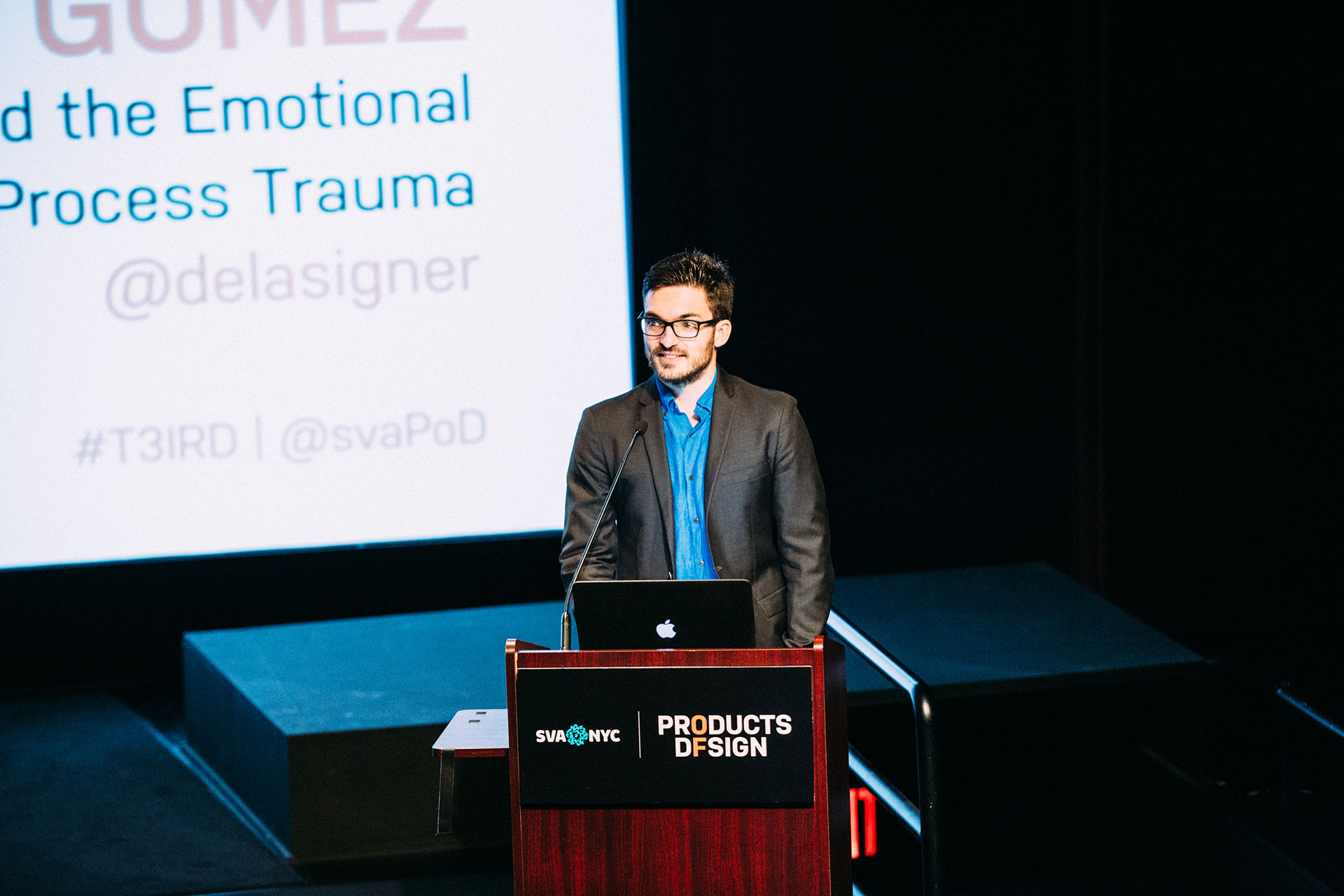
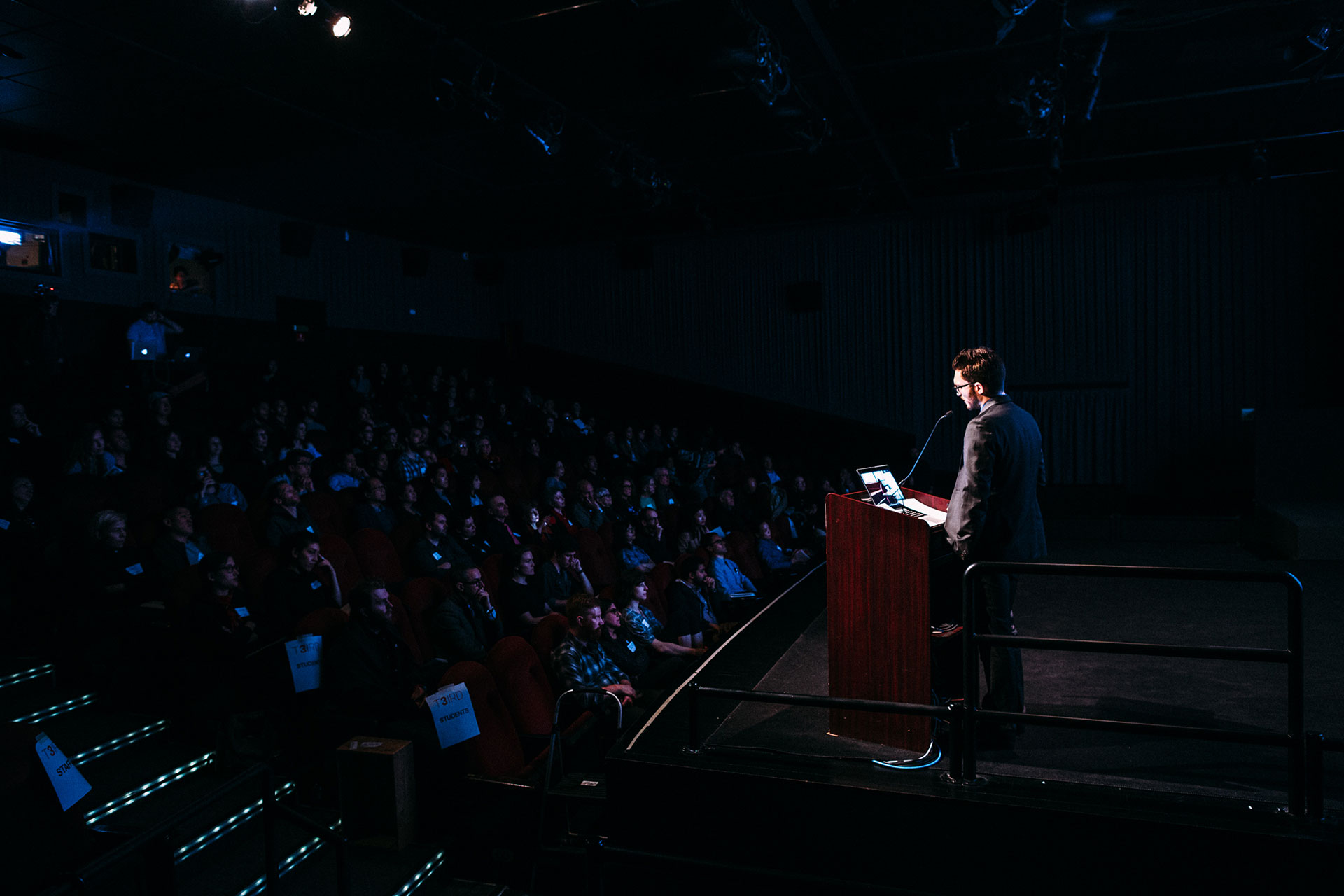

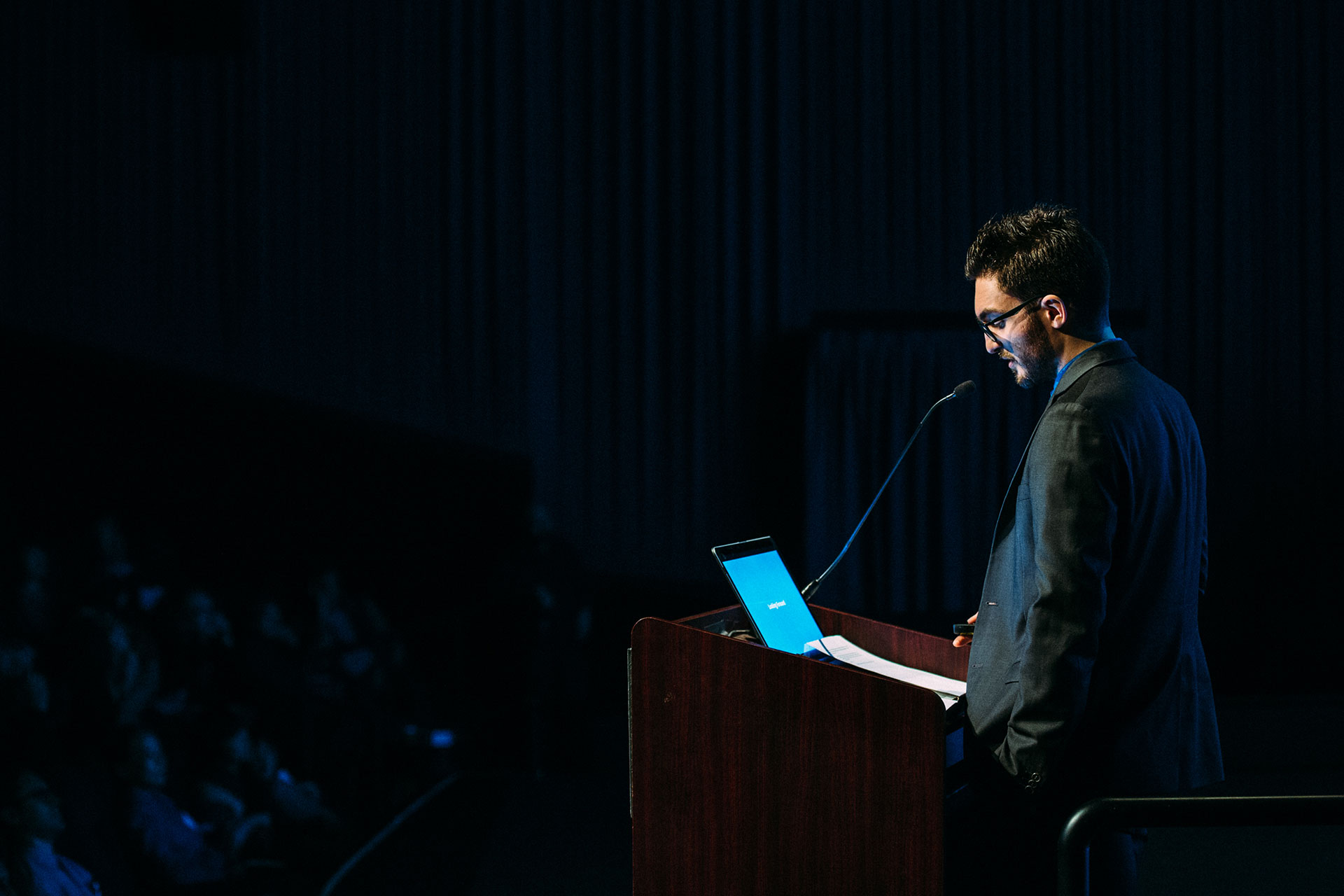
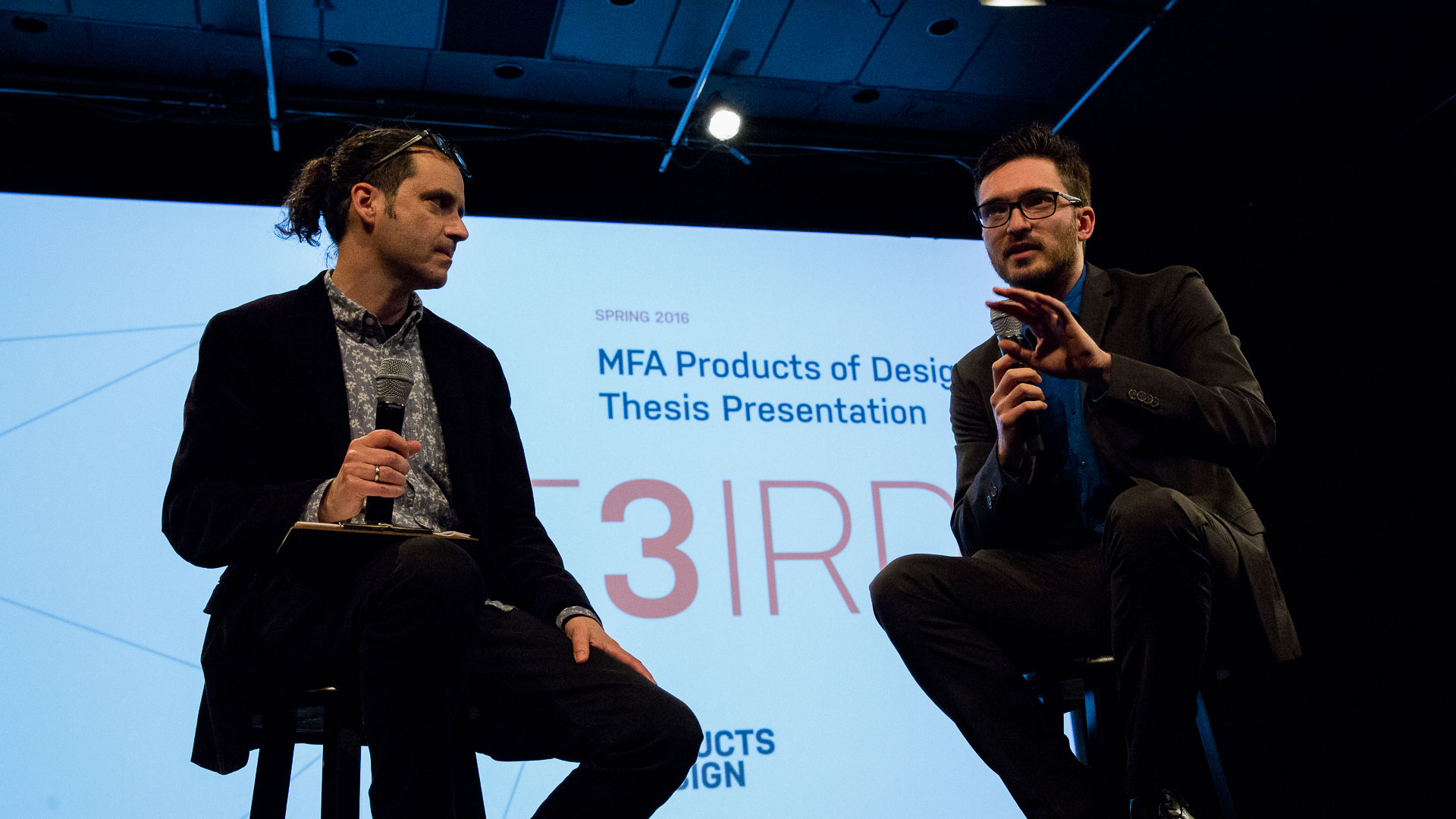
Motivated by a series of personal challenges in the summer of 2015, Oscar began to research emotional trauma and its impact on modern society. As part of this research, he learned that “beyond major trauma, many kinds of experiences can cause post-traumatic stress disorder (PTSD) symptoms.” Indeed, “having intrusive thoughts of an event” are one of the symptoms of PTSD (Shapiro, 2015). And according to the largest epidemiological study in history, experiences such as the ones referenced by Dr. Shapiro have occurred to 194 million individuals in the U.S. alone.
Having begun to explore the field of emotional trauma, Oscar reached out to a series of experts from a wide range of fields. Reading and interviews let led Oscar to identify his thesis statement: Peace eases transition.
Drawing inspiration from Neurolinguistic Programming and Eckhart Tolle’s The Power of Now, Oscar pondered the ability of the mind to help people process their distress. “If they could shift their mental paradigm to change their perspective and empathize with the situation or events,” Oscar argued, “then perhaps they could transition to a healthier, happier and more hopeful state of mind.” But after interviews with psychotherapist Emily Roberts and breathing expert Jessica Wolf, Oscar discovered that the part of the answer to helping individuals process trauma could be found in reducing emotional distress. Oscar asked himself, “How could I use design to reduce emotional distress and cognitive dissonance, and help people transition through the trauma?”
“How could I use design to reduce emotional distress and cognitive dissonance, and help people transition through the trauma?”
Finito.: Drawing for Relief
Finito is a simple, paper-based product that’s handed out for free and helps raise public awareness around stress and anxiety—through drawing, deep breaths, and Eye Movement Desensitization and Reprocessing (EMDR).
Finito came to life after an interview with Emily Roberts, who reasoned that “there is a necessity to produce a product or system that provides a rapid reduction in emotional distress.” With this ability, she argued, individuals might be able to process trauma from a different perspective—enabling them to regain control, understand and cope with the events. Oscar researched various forms of psychotherapy, and came across Eye Movement Desensitization and Reprocessing (EMDR)—a treatment discovered by Dr. Francine Shapiro in 1987, who through more than 30 studies has demonstrated its ability to alleviate emotional distress.
EMDR is commonly practiced with a therapist, who uses a pen to direct an individual’s eyes to follow lateral movements, while simultaneously helping them attend to emotionally-disturbing material. It is a form of "bilateral stimulation," which rhythmically stimulates the rational and emotional side of the brain in harmony, alleviating emotional distress.
Inspired by EMDR and its ability to alleviate emotional distress, Oscar brainstormed over how he could turn the therapy into a simple, repetitive, and portable exercise. The result was Finito—“Draw for Relief”. As users trace the figure 8 printed on the card with the tip of their pen or pencil, they follow the movement with their eyes while simultaneously taking deep breaths. Although Finito was a compelling product, it would require a therapist to address serious trauma. Oscar was eager to address the topic through a more introspective behavior, and this led him to pursue research into the practice of meditation.
This third statement—that people simply weren’t confident that they were “doing meditation correctly”—was something that Oscar knew he could address through design.
Meditation
Meditation refers to a broad variety of practices aimed at helping people attend to their thoughts, emotions and sensations with an attitude of non-judgement, kindness and curiosity. Oscar initially explored the practice with Transformational Coaches Enrique Simó and Javier Iglesias Coll, as well as with Spiritual Leader Pilar Quera. Each stressed the capacity of meditation to ease people through transition.
Simó argued that through meditation, individuals could control what they focused their attention on, and could thus "change their inner narrative." And by changing this narrative, he suggested that "individuals could alleviate their distress and cognitive overload, and transition through trauma."
(Other benefits include a reduced resting-state functional connectivity—referring to the mental activity experienced in the absence of external stimuli—which consequently reduces stress and anxiety.) Additionally, a controlled study on 92 veterans from 2012 demonstrated that meditation demonstrated clinically significant improvement in PTSD symptoms after just two months—showing its potential for aiding individuals who are processing trauma.
Captivated, Oscar wondered how he could use design to help individuals process trauma through meditation. Meditation is currently practiced by 25 million individuals in the U.S., making it a top-three most popular mind-body practice. The numbers impressed Oscar, and he asked himself, “How could it be that so few individuals meditated, in comparison to those who were attempting to process emotional trauma?”
Looking further, Oscar interviewed ten individuals—from experienced meditators to beginners to skeptics. Responses to the topic of “processing trauma” varied: “I don’t want people to think that there is something wrong with me?” “When I’m fragile I don’t want to leave my safe space.” “How do I know that I’m doing it right?” Heard repeatedly, this third statement—that people simply weren’t confident that they were “doing meditation correctly”—was something that Oscar knew he could address through design.
Oscar learned that meditation could be taught through instruction or through biofeedback (defined as gaining awareness of the state of mental or bodily functions via external stimuli). All experts agreed that “the breath” should be the focus when learning to meditate, and Oscar resolved to create a device that could teach meditation through the light-driven biofeedback of breath.
Employing a wearable device to convert the size of an individual’s diaphragm and convert it into variable light, Oscar created Solace.
Solace: The Light in All of Us
Solace—The Light in All of Us, is an interactive experience for practicing contemplative meditation. For Oscar’s designed experience, participants change into a special garment—helping them shift their mentality both physically and mentally. The outfit includes a wearable—connected to the Solace lamp—that converts their breathing rhythms into light, and offering them a greater mind-body connection.
At the conclusion of the experience, Oscar interviewed the individuals with the purpose of learning about their experience and how it would affect them in the future. Finally, before leaving, each individual was given a link to thesolaceexperience.com where they could find a webapp with a resonant breathing exercise that they could use anytime. [Try it!]
The positive feedback from the experience inspired Oscar to find ways to extend the project, leading to the conception of Solace as a platform.
Solace Platform enables individuals to meditate anywhere, in real-time, with anyone around the world.
Solace Platform
Solace Platform enables individuals to meditate anywhere, in real-time, with anyone around the world. This app-enabled platform makes use of a suite of a products of designed to enhance an individual's meditation. The platform is centered around Lumi—a smart lamp that enables individuals to practice contemplative meditation either by themselves, with an array of supporting professionals, or with any internet-connected member of the Solace community.
When used solo, the platform features include Echo—an experience that helps individuals gain awareness of their breath through light-driven biofeedback, and Resonance, a resonant breathing exercise. Community enables users to partake in guided meditation. Alternatively, if you are more interested in in finding Solace with family and friends, Kin helps you share an intimate moment with your closest circle, letting you sync your breathing in real time.
Resonance, portrayed above, is an exercise to teach individuals how to practice resonant breathing. “Resonant breathing”—taking one breath approximately every ten seconds—has shown to greatly decrease depression, stress and anxiety. Here, the "exhale" is twice as long as the inhale, "insuring that an individual's vagus nerve is activated." Oscar adds that "This activation signals an individuals sympathetic nervous system, which consequently reduces your blood pressure and thus, makes you feel rested and relaxed."
As explored through multiple design lenses, Oscar hopes that the totality of the Finding North thesis work serves as contribution to the field of treating emotional trauma, and offers products and platforms that may help individuals find inner peace.
See more of Oscar’s thesis work as it unfolded on his thesis blog and his other work at oscardelahera.com. Email him at oscar.delahera[at]gmail[dot]com.









